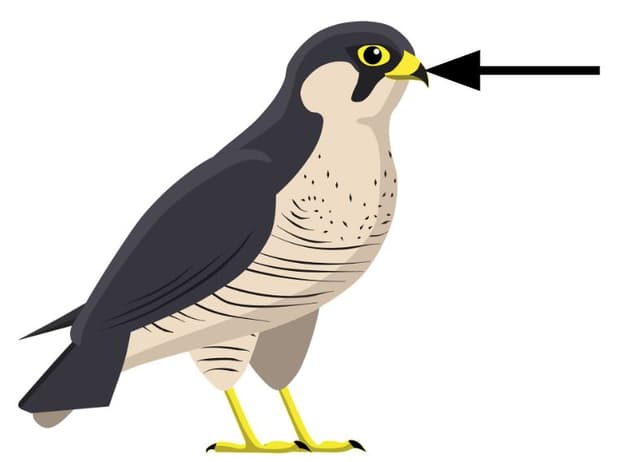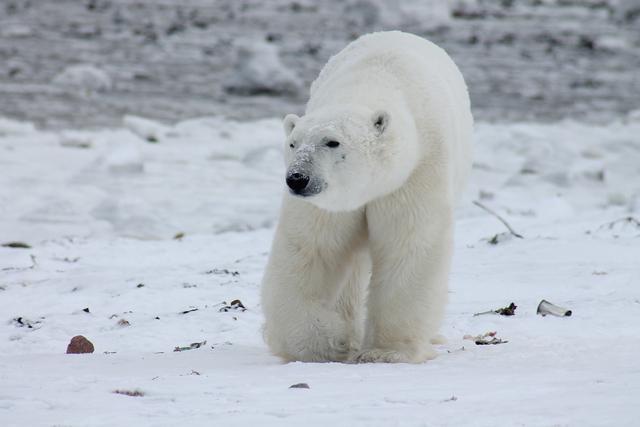Myths about teaching can hold you back
- Year 6
Charles Darwin and finches
I can model how different shaped beaks are adapted to suit different food sources.
- Year 6
Charles Darwin and finches
I can model how different shaped beaks are adapted to suit different food sources.
These resources were made for remote use during the pandemic, not classroom teaching.
Switch to our new teaching resources now - designed by teachers and leading subject experts, and tested in classrooms.
Lesson details
Key learning points
- Charles Darwin was an English scientist who studied nature.
- In 1831, Darwin set sail to study the plants and animals living on the coasts of South America.
- Darwin observed that the beak shape of finches was best suited to the food sources found on different Galapagos Islands.
- Darwin’s observations led him to wonder how new species developed.
- Darwin’s ideas about how living things adapt to suit their environments would eventually change people’s ideas.
Keywords
Charles Darwin - Charles Darwin was an English scientist who studied nature.
Observations - We make observations when we look closely at something and use other senses, too.
Species - A species is a group of animals or plants that are similar and can have babies together.
Finch - A finch is a type of small bird with a short beak.
Adapted - A species that is well suited to its environment has adaptations that help it survive there.
Common misconception
Pupils may think that animals, such as finches with differently shaped beaks, have been able to change or adapt during their lifetime based on the conditions they live in.
Explain that adaptations take many years and generations of animals to happen and it is not possible for an animal or plant to change like this during its lifetime.
To help you plan your year 6 science lesson on: Charles Darwin and finches, download all teaching resources for free and adapt to suit your pupils' needs...
To help you plan your year 6 science lesson on: Charles Darwin and finches, download all teaching resources for free and adapt to suit your pupils' needs.
The starter quiz will activate and check your pupils' prior knowledge, with versions available both with and without answers in PDF format.
We use learning cycles to break down learning into key concepts or ideas linked to the learning outcome. Each learning cycle features explanations with checks for understanding and practice tasks with feedback. All of this is found in our slide decks, ready for you to download and edit. The practice tasks are also available as printable worksheets and some lessons have additional materials with extra material you might need for teaching the lesson.
The assessment exit quiz will test your pupils' understanding of the key learning points.
Our video is a tool for planning, showing how other teachers might teach the lesson, offering helpful tips, modelled explanations and inspiration for your own delivery in the classroom. Plus, you can set it as homework or revision for pupils and keep their learning on track by sharing an online pupil version of this lesson.
Explore more key stage 2 science lessons from the Evolution and inheritance unit, dive into the full primary science curriculum, or learn more about lesson planning.

Equipment
See Additional Material
Content guidance
- Risk assessment required - equipment
Supervision
Adult supervision required
Licence
Prior knowledge starter quiz
6 Questions
Q1.What is the name of this part of a bird?

Q2.What is an island?
Q3.Which is the continent of South America?

Q4.What is a species?
Q5.Adaptations are …



